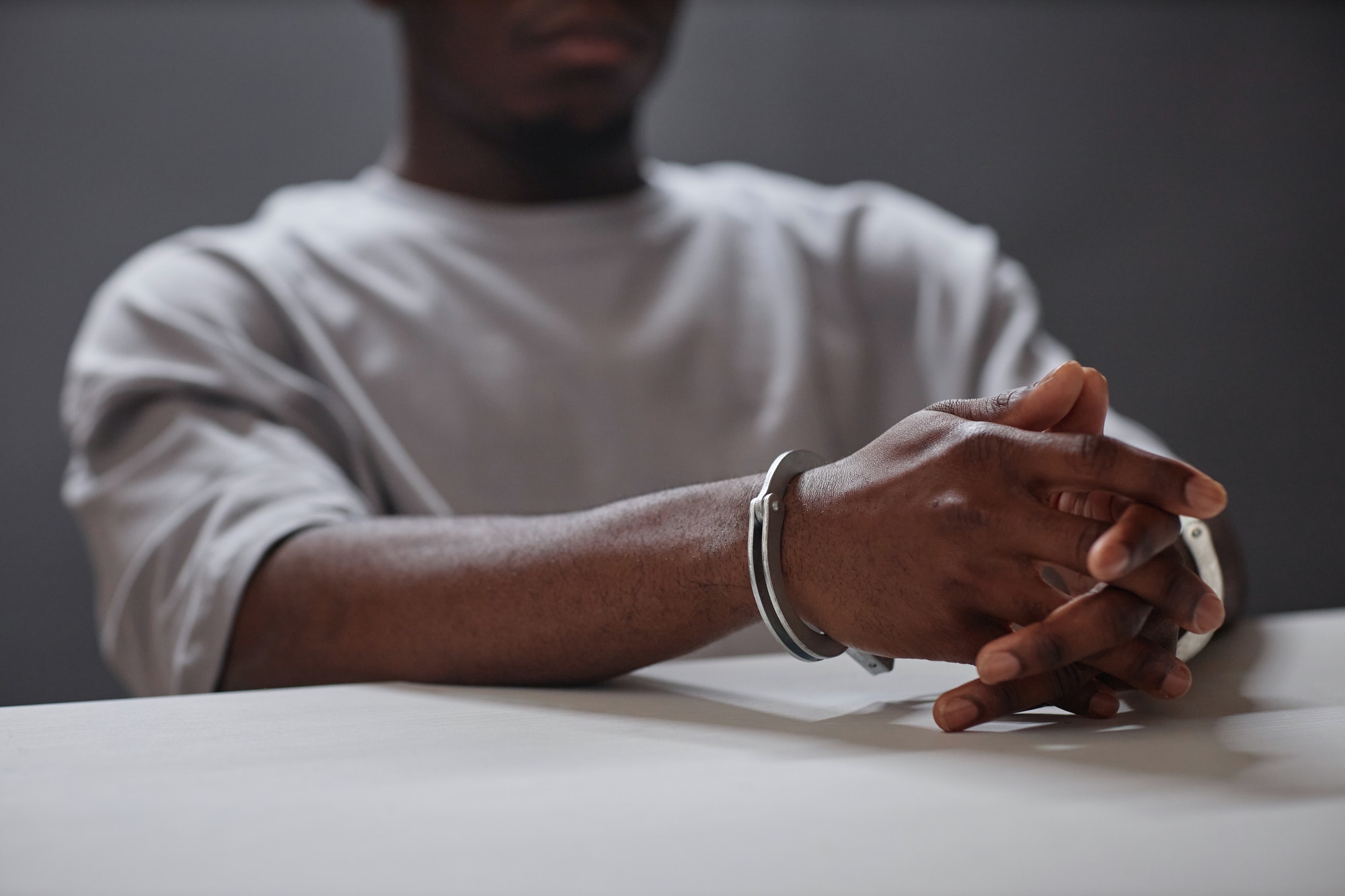Now Reading: What is the Personal Injury Claims Process in Nevada?
-
01
What is the Personal Injury Claims Process in Nevada?

What is the Personal Injury Claims Process in Nevada?
If you have suffered an injury in Nevada, whether from a car accident, medical malpractice, or dangerous premises, you may have a basis for a personal injury claim. With over 2.6 million workplace injuries reported nationally in 2023, and 15% of fatal crashes in Nevada involving an impaired driver from 2018 to 2022, many Nevada residents find themselves involved in the personal injury claims process each year. Though the process can be complicated, having an understanding of the basic steps can help you determine if you have a valid claim and how to move forward.
Justin Watkins, one of the experienced personal injury lawyers in Las Vegas, NV, provides an overview of Nevada’s personal injury claims process, from initial investigation and filing a claim to negotiation, litigation, trial, and appeals.
Filing a Personal Injury Claim
The first step is to file a claim, which means notifying the at-fault party that you intend to seek compensation for your injuries. This is often done through an attorney sending a demand letter detailing the circumstances of the accident, the injuries sustained, and the compensation being sought. The letter starts the negotiation process.
Investigation
Before filing a personal injury lawsuit, an investigation into the accident will be conducted. This involves gathering evidence like police reports, eyewitness statements, photographs, video footage, and medical records. Personal injury lawyers will also research the liable party’s insurance coverage and assets. A thorough investigation is key to proving liability and damages.
Negotiation
Many injury claims settle out of court through negotiations between attorneys. Settlement talks may begin before or after a personal injury lawsuit is filed. Factors like strong evidence of liability and high medical bills often motivate defendants to settle. According to recent statistics, around 95% of personal injury cases settle out of court.
Filing a Personal Injury Lawsuit
If negotiations fail to produce an adequate settlement, the next step is filing a personal injury lawsuit. This has to be done within the statute of limitations – typically within two years in Nevada. The lawsuit will outline your allegations and legal causes of action and request compensation for damages like medical expenses, lost income, and pain and suffering.
Litigation
During litigation, both sides engage in fact-finding called discovery. This involves taking depositions, requesting documents, conducting medical exams, and exchanging information between attorneys. The litigation process can take months or even years depending on the complexity of the personal injury case. Most cases end in settlement once the facts come to light.
Trial
If no settlement agreement can be reached, the case will go to trial. A judge or jury will hear arguments from both sides, weigh the evidence, determine liability, and decide compensation if warranted. Only a small percentage of injury cases make it all the way to a verdict. According to the Bureau of Justice Statistics, plaintiffs have about a 50% success rate in personal injury trials.
Appeals Process
After a verdict, the losing party may file an appeal. This seeks to have a higher court review the case for legal errors. The appeals process can add months or years before the plaintiff finally receives compensation. Having an experienced attorney is key to successfully navigating the lengthy legal process.
Understanding the basic steps of the claims process can help injury victims secure a favorable settlement or verdict. Those who have suffered harm due to someone else’s negligence should seek legal counsel to protect their rights. With an attorney’s help, many injury victims go on to obtain the compensation they deserve through Nevada’s personal injury system.










